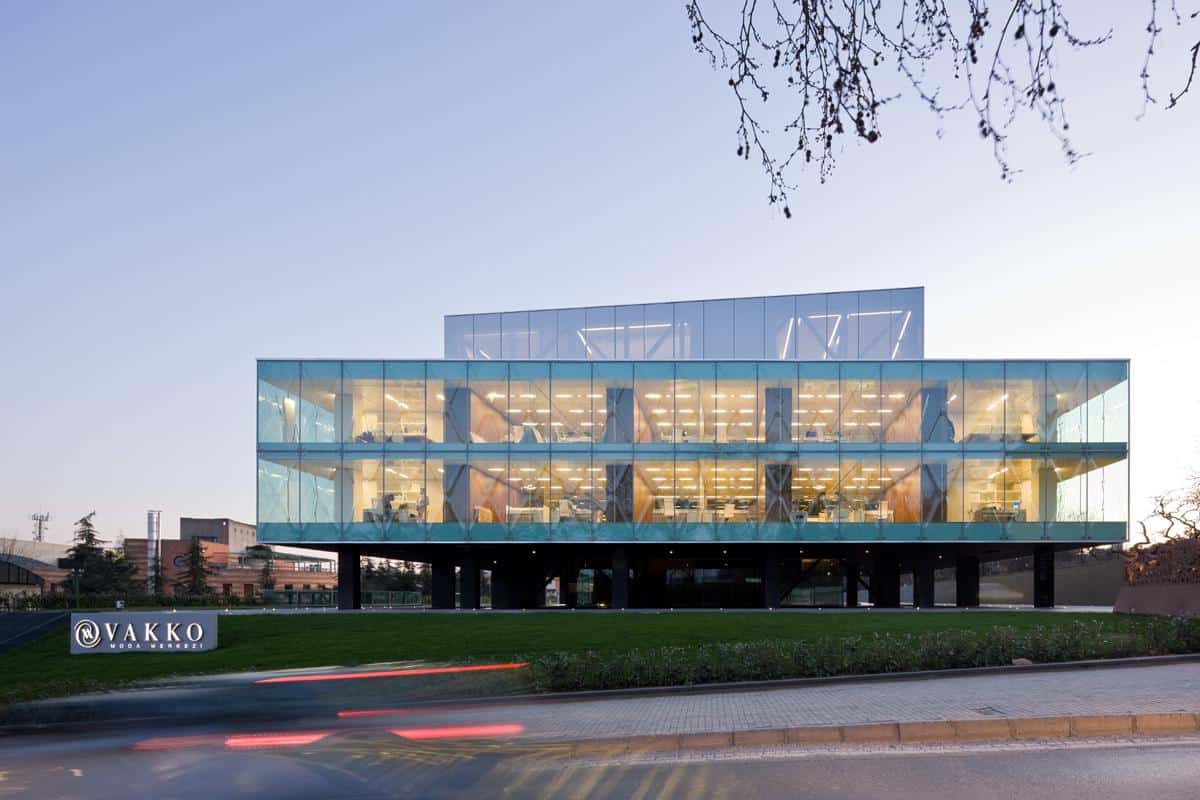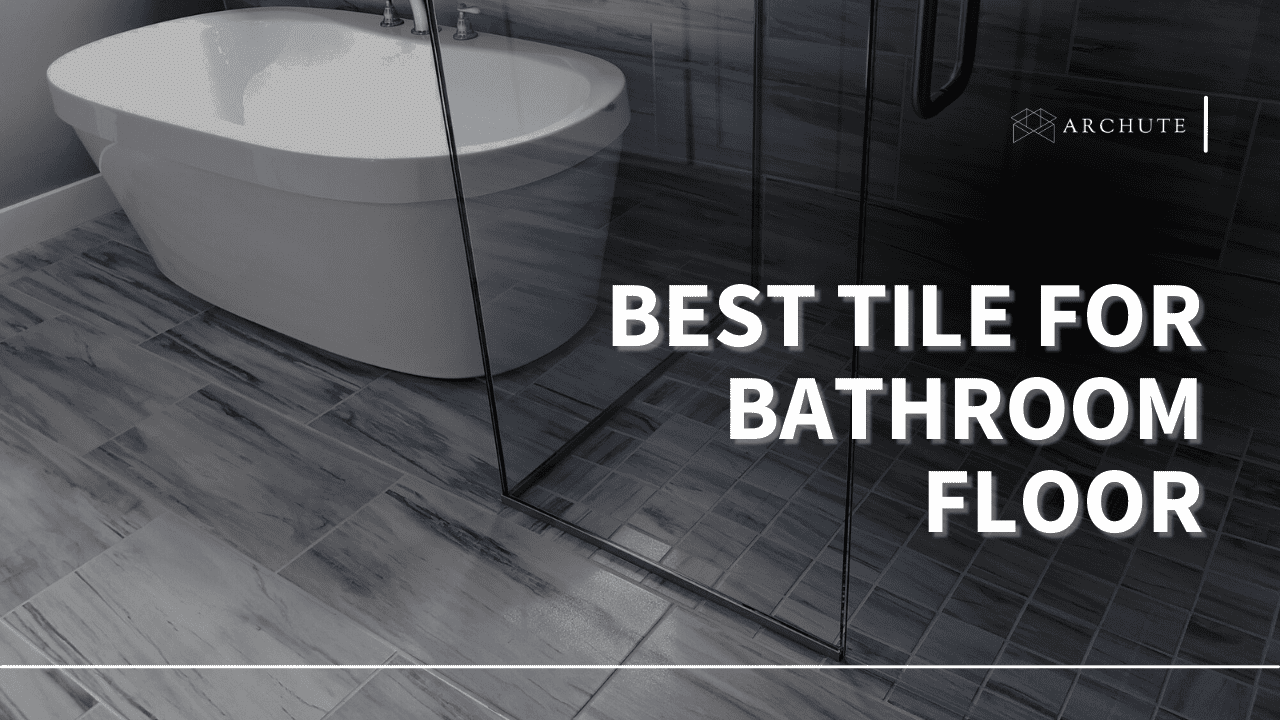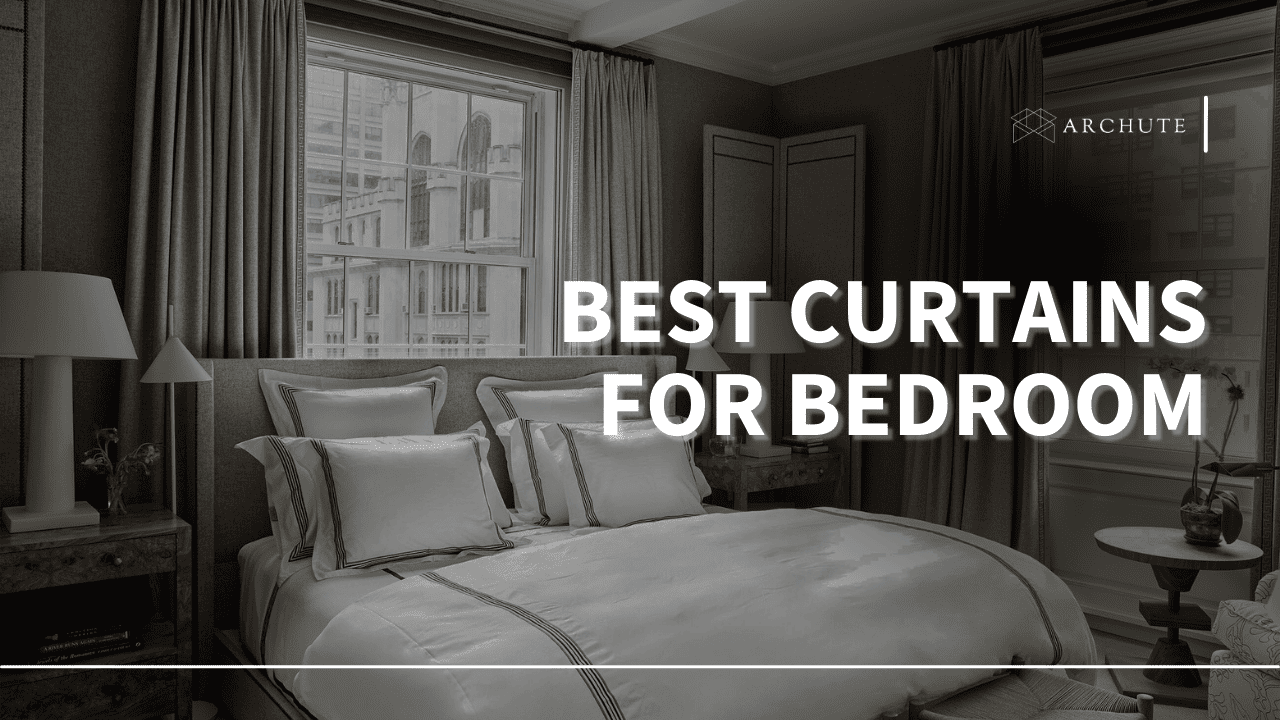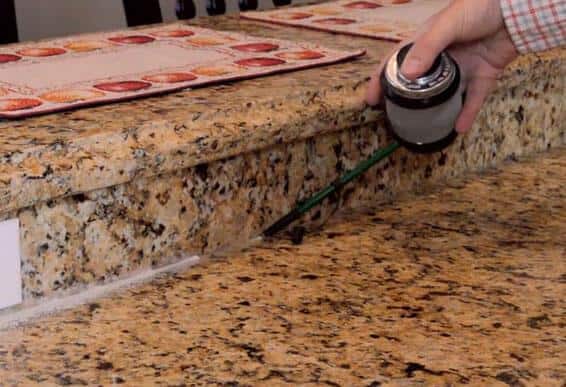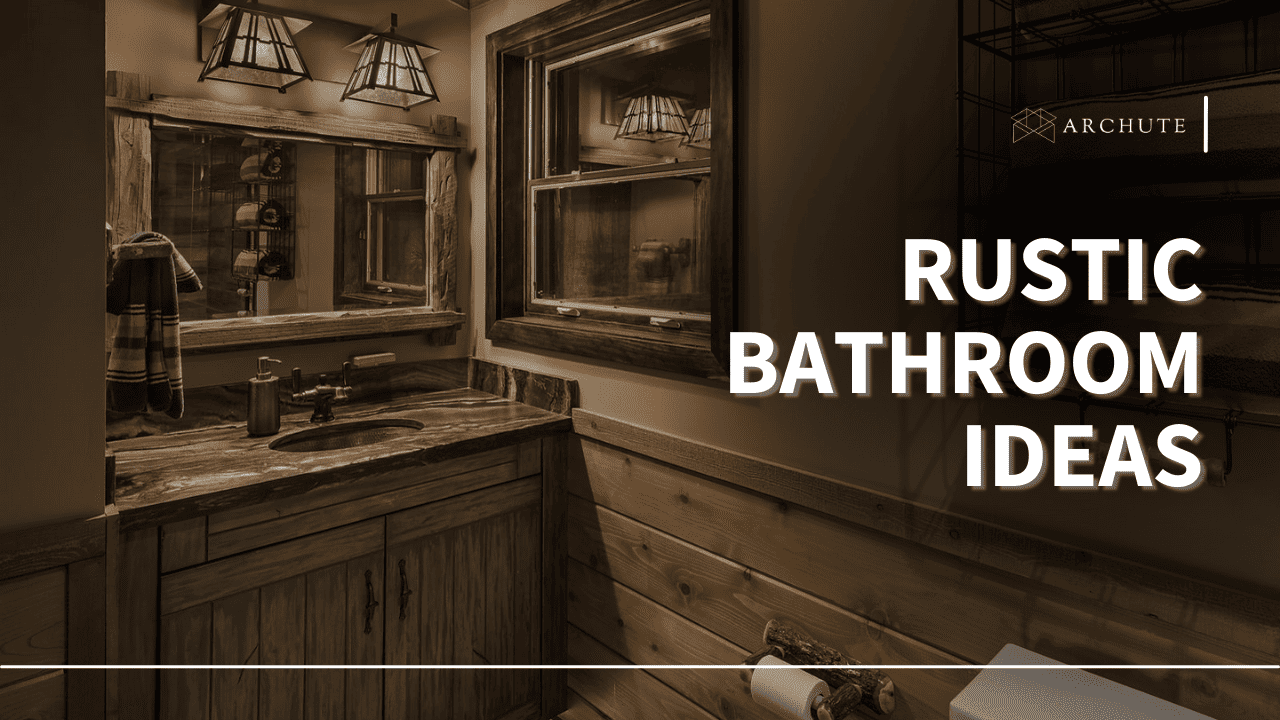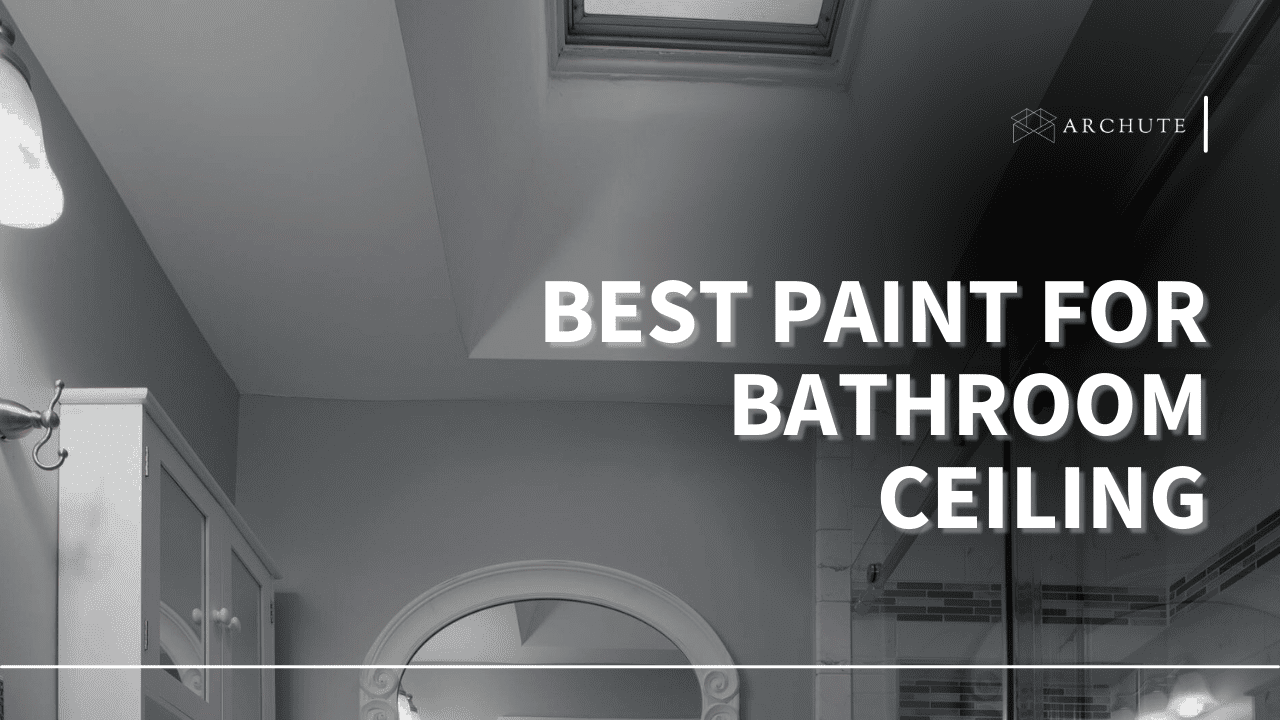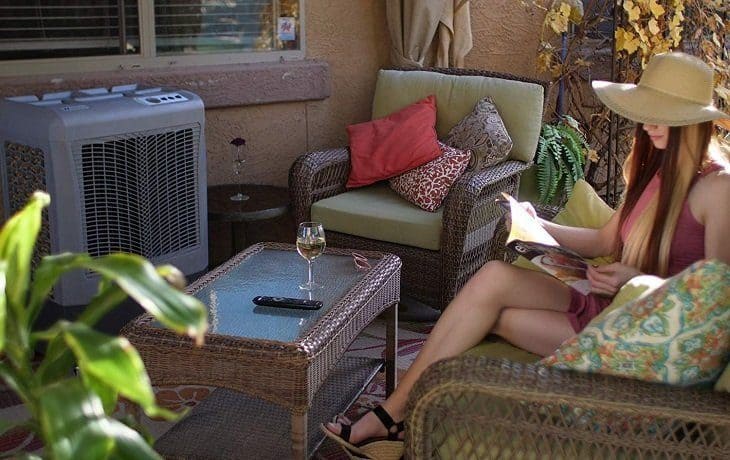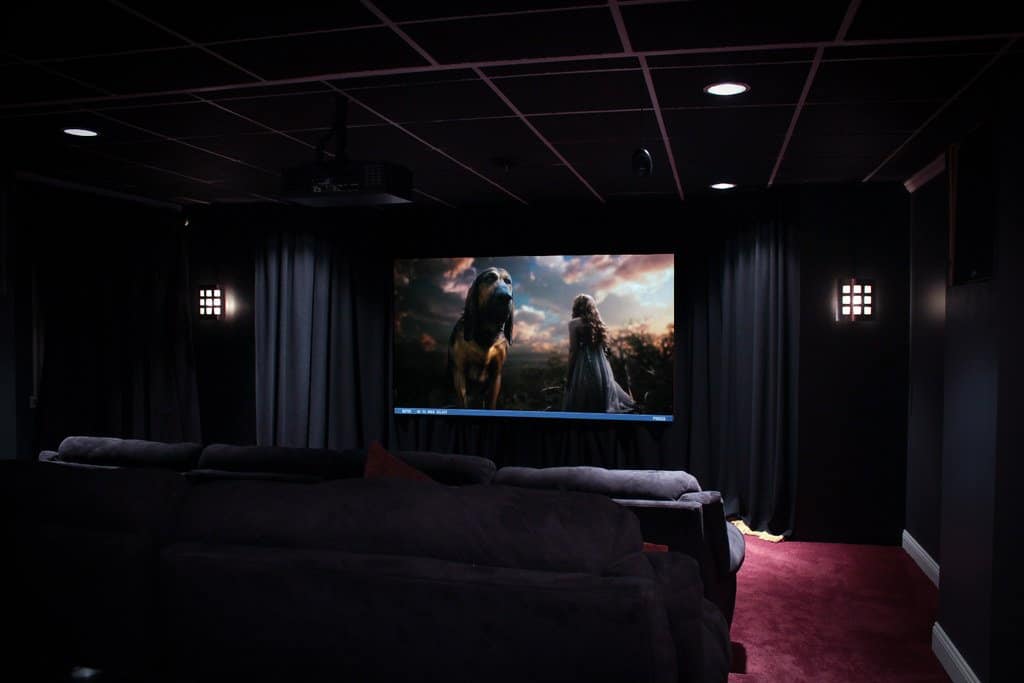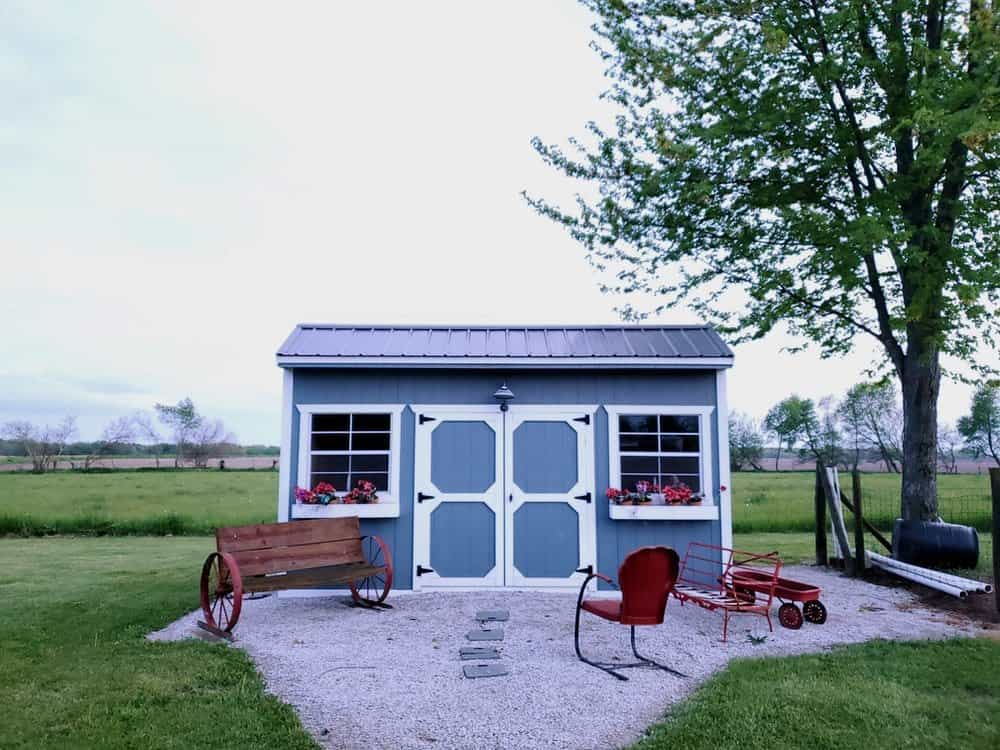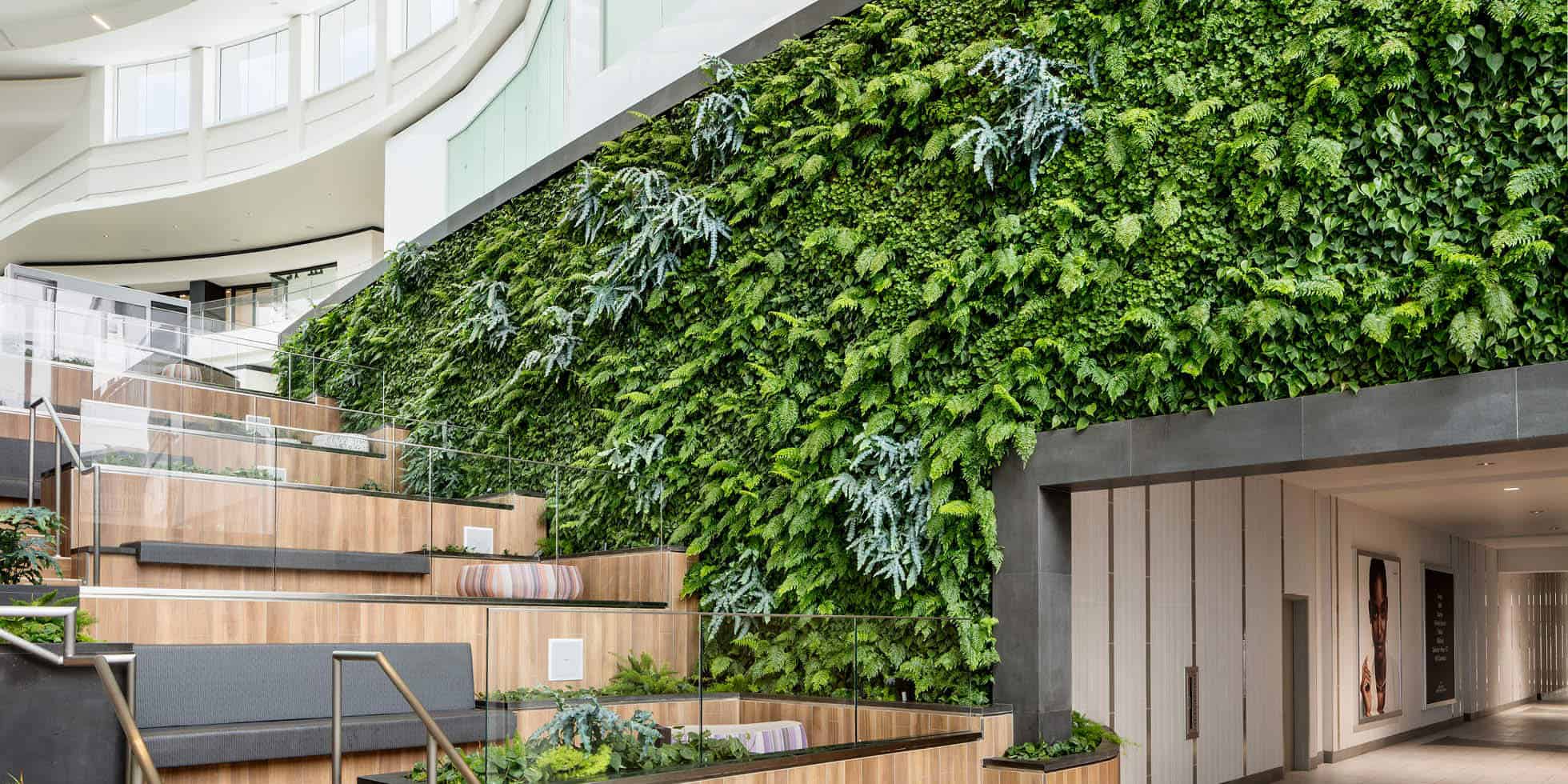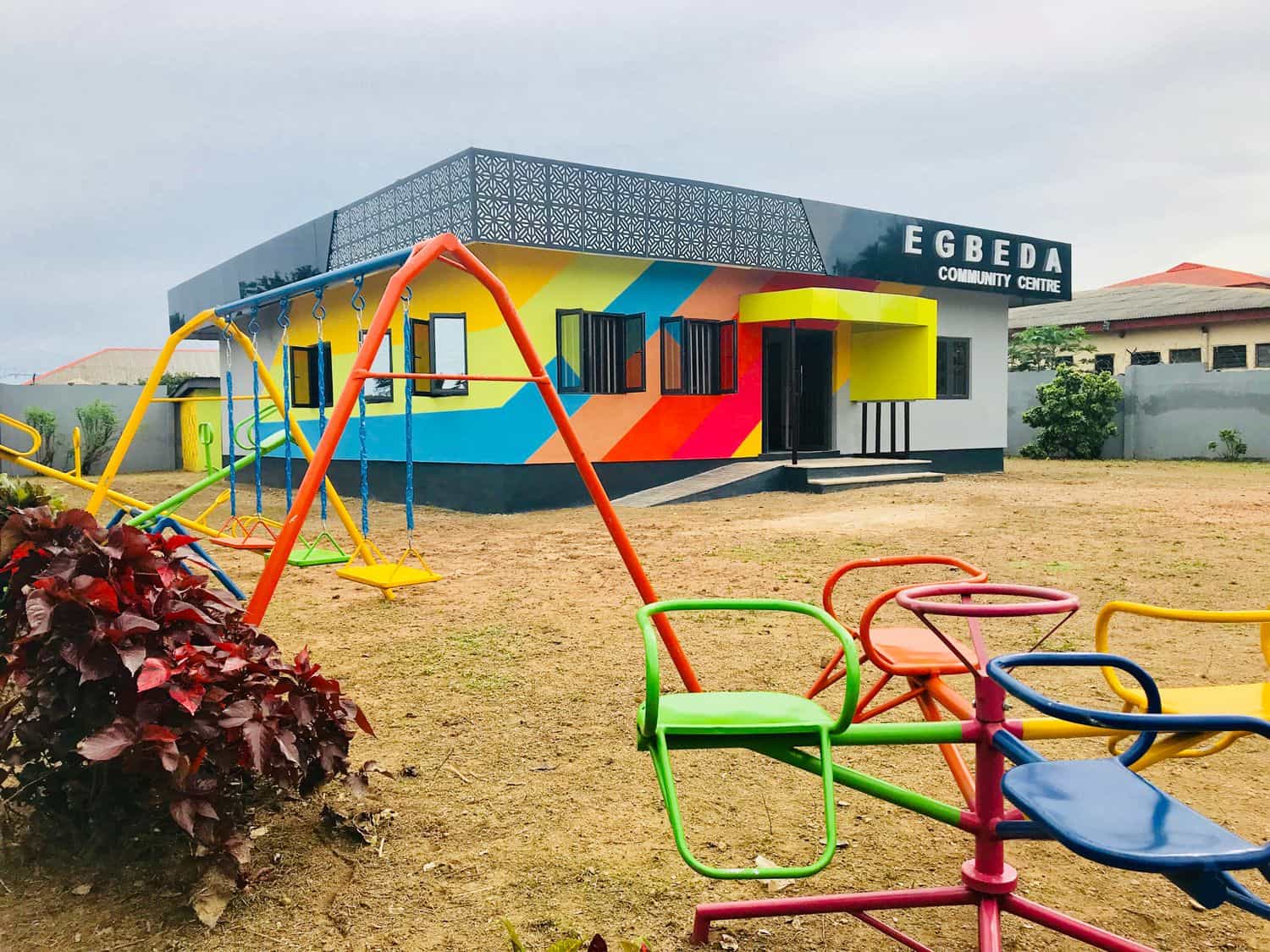In the current world of global architectural production, Istanbul has continued to struggle to create and present the work of contemporary architecture. In a city that continues to evolve and redevelop every other day, locals have become conscious of the buildings that come up within the city. For the past few years, the encroachment of foreign architectural practices into Istanbul has created local-global tensions but REX found a way to beat that through the adoption of local material production processes and expertise, ending up with the Vakko Fashion Centre and creating a local practice for themselves within Turkey.
The program was to provide a headquarters for a Turkish fashion house known as Vakko and one of the most distinguished fashion houses in the region. The headquarters would house offices, showrooms, conference rooms, an auditorium, a museum and dining hall. On top of that, there would be offices for Vakko’s sister company – a media house which needed new television studios, radio production facilities and screening rooms.
A few years back, REX had been commissioned to design a building for Annenberg Center for Information Science and Technology by Caltech. However, Caltech’s senior administration was changed after a few months and the plan for Annenberg Center canceled. Several years later, Vakko’s CEO came to the architects needing a fashion center constructed within the span of a year. An abandoned hotel construction project in Instabul was the site.
The architects figured out that the abandoned project had the same plan dimensions and floor-to-floor height as their designed proposal for the Annenberg Center a few years back. With the time constraints, REX sought to adapt that building to the existing structure on site. That decision saved them a whopping 8 weeks in project timelines.
The saved time went into working on the more unique portions of the program like developing a structural system for the project. Their proposal for the Annenberg Centre had a fragile ring with a post-tensioned concrete structure which was to depend upon a robust interior steel framework for more support. The abandoned construction however was, according to the architects, an overdesigned byproduct of Turkey’s deadly earthquakes. With these revised roles in structure, the architects figured that the interior of the new Vakko Fashion Centre had to remain detached from the concrete structure in order to retain structural integrity and waterproofing of the in situ skeleton.
Four days after Vakko approached REX, construction had commenced and therefore speed was key in coming up with a self-supported interior. Within two weeks, the architects had developed a steel mill which featured six steel boxes for the different programs to be contained in the Vakko headquarters; showrooms, auditorium, library, meeting rooms and offices.
A circulation path was created off the slopes of the six spaces to create a winding path from the top of the stack to the bottom.
The building’s interiors are a combination of glass and mirrors coupled with exposed steel members from the support structure. The mirror-glass interiors reflects shapes, people and everything else in a spatial experience meant to create an exciting discovering spree for the users of the building; like a Kaleidoscope.
The upper floor of the skeleton accommodated Power Media’s television and radio studios which were fashioned with acoustic damping and light control technologies. Immediately below it is a roof terrace that serves as a getaway area for employees of the two sister companies.
The exterior of the project looks like a mirage cloak, a result of REX’s collaboration with local technicians to hide the clumsy structural work of the existing concrete structure.
By designing a transparent thin glass façade slumped with a structural “X” into each pane, the architects managed to hide the concrete members while at the same time increasing the strength of the glass. The structural “X” also eliminated the need for perimeter mullions despite the reduced glass thickness. As a result, the ultra-thin glass manages to wrap the skeleton while subtly revealing the concrete.
Project Information
Architects: REX
Design Team: Joshua Prince-Ramus, Erez Ella, Tomas Janka, Mathias Madaus, David Menicovich, Tsuyoshi Nakamoto, Ishtiaq Rafiuddin, Tieliu Wu
Client: Vakko and Power Media
Area: 5,400 sqm
Location: Istanbul, Turkey
Completed: 2010
Photography: REX

